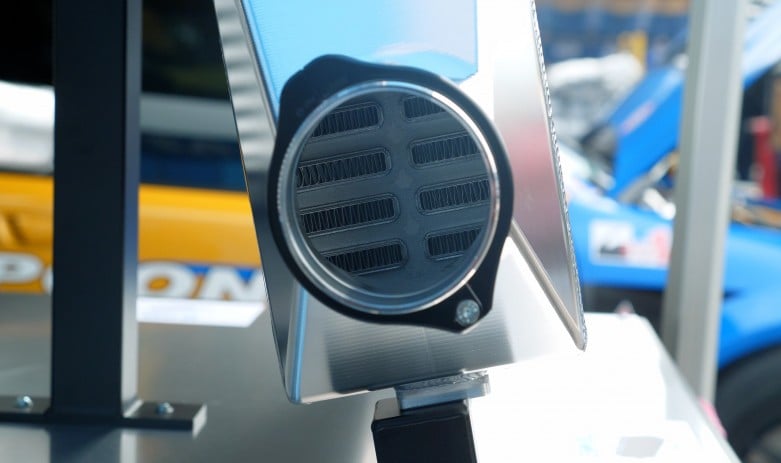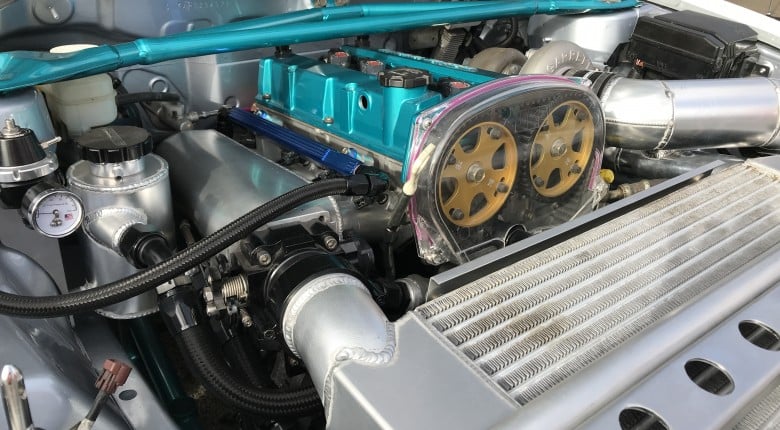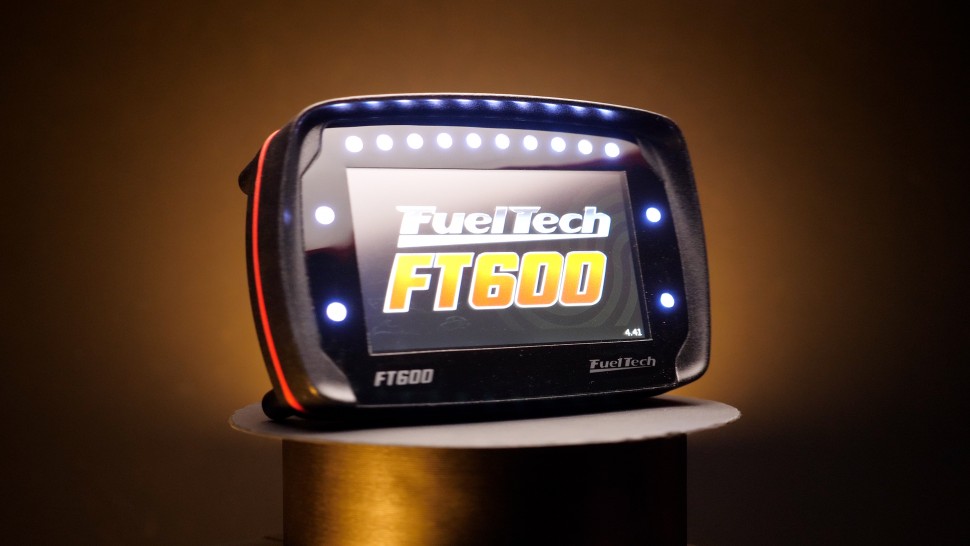Don't end up with an 'interfooler' when looking to get your next intercooler!
We don't all have big budgets to buy top-shelf brand name intercoolers that we see used on some of the world's fastest car builds, but that doesn't mean we have to settle for intercoolers that are simply not fit for purpose.
One such issue Andre has seen on budget intercoolers previously is a lack of fins in the core. Without these your intake air is not cooled as much as it could or potentially should be, leading to a loss of power at best, and high temperatures with the issues they bring at worst.
It is easy to do a quick visual check to make sure your next intercooler looks like or is very similar to the @PlazmamanAus unit we show here. Buying from trusted sellers (there are trusted sellers for both ends of the market and everything in between!) is also advisable, but even so, it never hurts to double check your parts before you fit them regardless!
------------------------------------
TIME STAMPS:
0:00 - Intercooler Design
0:24 - What's Inside?
0:55 - Worth A Double-Check For Fins
1:44 - Buy Once, Buy Right
2:35 - Thumbs Up, Learn More
------------------------------------
ORIGINAL IG POST:
Heat is a natural byproduct of compressing air, but heat is the enemy of power as it’s less dense, meaning it contains less oxygen for a given volume. The typical solution on turbocharged or supercharged engines is to incorporate an intercooler in the charge air plumbing which is simply a heat exchanger that can reduce the temperature of the inlet charge air. There’s nothing new here but it may surprise you to realise that not all intercoolers are created equal.

Over the years we’ve had the opportunity to test a wide variety of intercoolers including OEM products, generic off-the-shelf intercoolers, and intercoolers from name brand manufacturers like Plazmaman, PWR, Mishimoto, Hypertune just to name a few, and have found a few key differences that can be easy to overlook. There is of course the age-old debate of bar and plate vs tube and fin which relates to the construction method of the intercooler core, however, we’ll leave that discussion for another post. The more important design consideration we’ve found is with regard to the internal fins inside of the intercooler.
These fins add surface area to the intercooler which gives the hot charge air more area to contact and hence this aids heat transfer from the charge air into the aluminium of the intercooler (the reverse happens when the cooler ambient air flows through the fins on the other side of the intercooler in the same way).

What we’ve seen with a number of the cheaper generic intercoolers is that these internal fins are either dramatically reduced, or in some instances completely missing, presumably to reduce costs. From the outside the intercooler looks normal but the lack of internal fins greatly reduces the ability to remove heat from the charge air. In one dyno test conducted with this style of IC core we saw IAT reaching 70-80 deg C at only modest boost levels. Swapping to a core with internal fins like the one pictured reduced IAT by around 45 deg C and resulted in an additional 60 horsepower at the wheels!
------------------------------------
Learn more about performance diesel engine tuning. Start instantly with 4 free lessons.







Comments
No one has commented on this page yet.